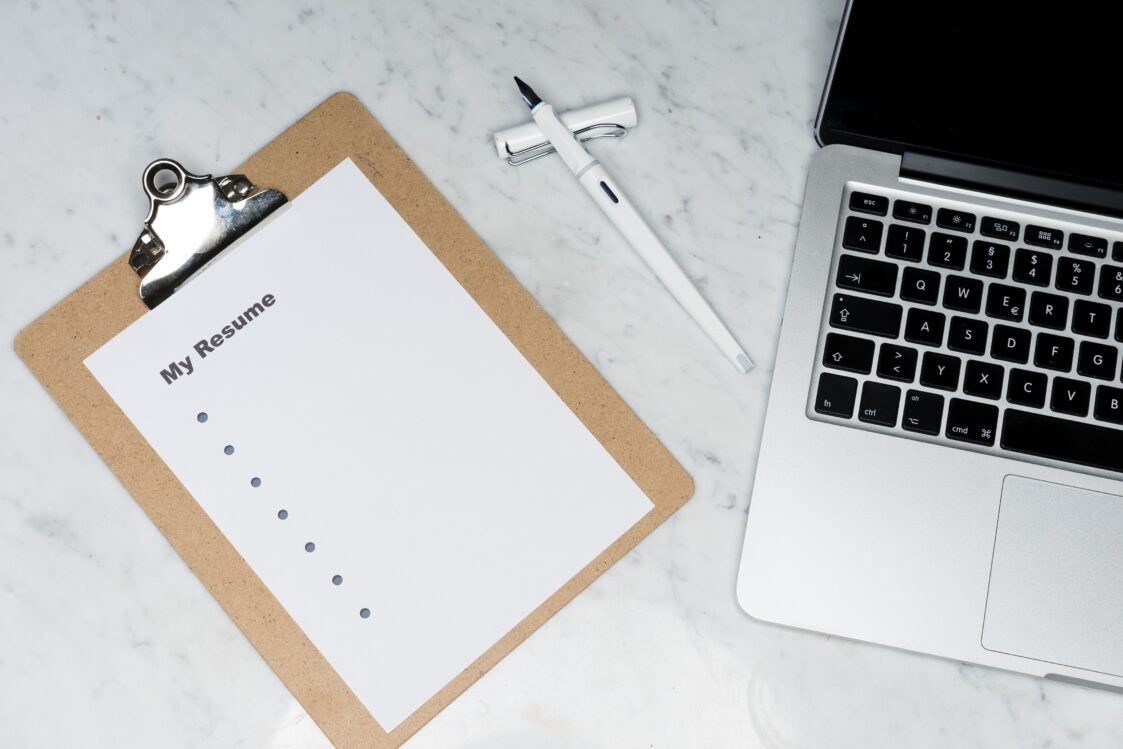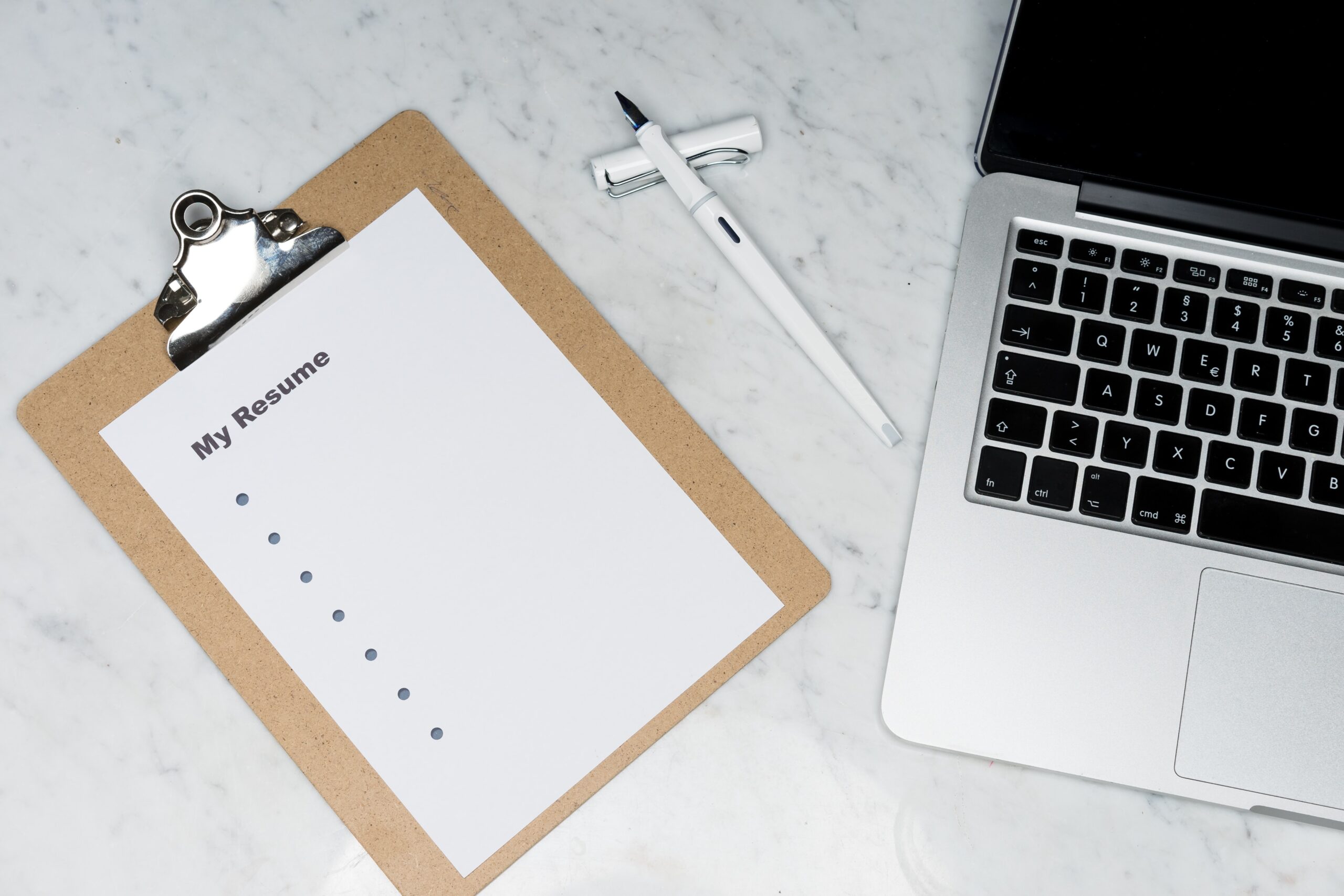To craft a winning resume and get more interviews, you need to spare some time and work hard. Nothing comes easy, especially if you want to create a bot-beating resume. Dozens of slightest details can easily overload your mind.
Only when you try to create one on your own, you’ll find the answer to the question “Are resume writing services worth it or not?”. We bet that you’ll definitely come to the conclusion that it’s best to invest in your career.

However, it’s not that you can’t make a resume for yourself. Lots of different career resources exist to help you put all of your experience into writing. And we are to help you with that, too.
Here is a quick guide on how you can format your resume for it to look professional and attractive. Read ahead and apply at once.
Choose the Right Template
To ease your editing process, choose the correct template. We recommend using black & white, simple ATS-friendly templates to have as few problems as possible. Your goal at this stage should be to get through resume-scanning software rather than impress a hiring manager’s eye.
Simple templates ensure your resume is easy to scan. Thus, your data is not distorted in any way and your resume can rank high in the system. Avoid any tables, WordArt objects, etc. Such things do more damage than good.
Start with the Heading
When you get to work on your resume, start with the heading. This is the part where you put your name and contact information. You can add your professional title as well, but this is optional.
Make sure your name and surname are spelled correctly. You can also add your short name or preferred name if you want. Your contact information should also clearly mentioned. Avoid any typos in symbols and figures because it will damage your chances of landing an interview.
Proceed to the Resume Summary
Your resume summary is the passage where you introduce yourself as well as describe your skills and achievements. This is the part that gets the most attention from recruiters. Thus, we recommend writing it when the rest of the resume is finished.
Be as concise as possible while staying consistent and precise in your characteristics. Be honest but choose the words that portray you as an achiever and a leader. Everyone wants to hire an active and passionate employee who’d be the best fit for the job.
Put Your Skills in Separate Section
It’s better if you place your key skills in a separate section. First of all, they get more attention if they are easy to find. Secondly, those skills are often the main keywords for your resume. Therefore, the more you use them, the better.
Sometimes, you can’t use the exact word combination from the job description in your resume. Do not delete your sentence if you think it’s good. Add this skill to the skills section and proceed with your writing.
Choose Chronological or Functional Resume Type
The part where you write about your work experience is the most difficult one. But first, you should decide what type of resume fits your needs the best.
A chronological type of resume is the one we encounter most often. It shows your employment history in chronological order. This is the best approach for those whose employment was uninterrupted as well as those who have lots of different companies and positions to list.
Should you have career gaps, have little to no experience is not that impressive, or if you’ve been tasked with similar work in different positions, we suggest that you should choose a functional type. To do that, you should create the “Career Highlights” section and place your key job duties there. Your employment dates can follow in the “Work History” section.
Format Your Education
No matter how active you were as a student, your resume can’t be all about your school achievements. Thus, distinguish between the relevant and the irrelevant.
Add your university name and degree. It’s a good idea to include relevant coursework, especially if your education goes hand-in-hand with your desired position. Also, put any awards and scholarships that you’ve earned. Consider skipping any skills and qualifications that do not relate to the job you are applying for in any shape or form.
Add Other Sections
If you went to the military, go to the church, serve as a volunteer instructor or participate in charity activities, include that information in your resume. Recruiters love it when their prospective employees live active and interesting lives beyond work.
However, do not include sections like “Hobbies and Interests” if they do not bring any value to you as a professional. For example, your success in yoga or hiking won’t be appreciated if you plan to be an accountant. Avoid adding references if no one asked for them specifically.
Make Your Resume One-Page Only
Most recruiters indeed prefer one-page resumes to all others. Such resumes are easy to scan and quick to read. At the same time, they do not like dense and wordy resumes as well. The best trade-off, in this case, is to cut word count and filter out the irrelevant information from your resume.

However, it indeed requires a skill to put all the information as concisely as possible while being consistent and comprehensive. The two-page format can be acceptable if you have plenty of experience and accomplishments (e.g., publications).
Justify Your Text and Do Other Magic
You need your resume to look nice and inviting to the eye. Make sure your text is justified throughout the page. Also, try to align all dates similarly for them to look like a column. Check fonts and their sizes so that they’d be the same throughout the file.
Check your resume for grammar, spelling, and punctuation issues. Run it through a plagiarism checker. It’s highly advised to refrain from copying existing resumes since plagiarized parts won’t get through the ATS system.
Finally, create a .pdf version of your resume to check it and identify all inconsistencies.

